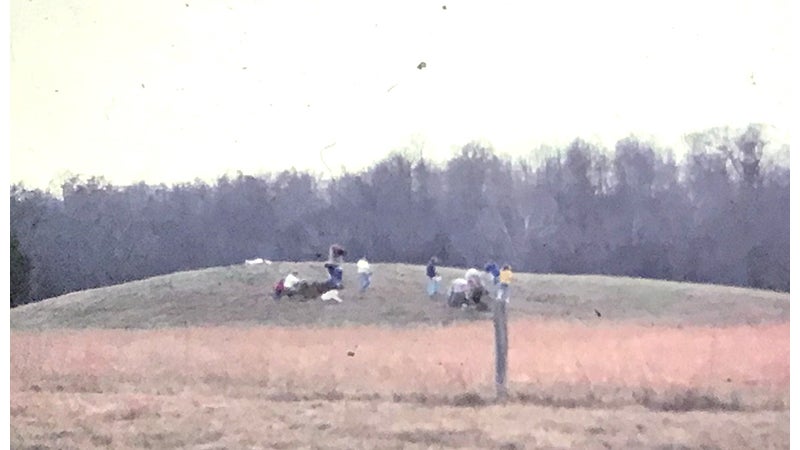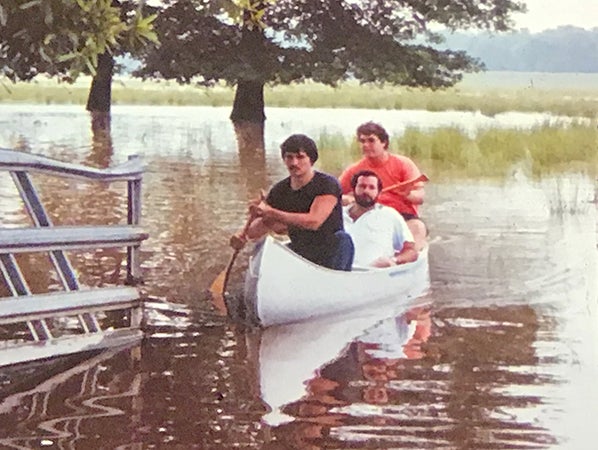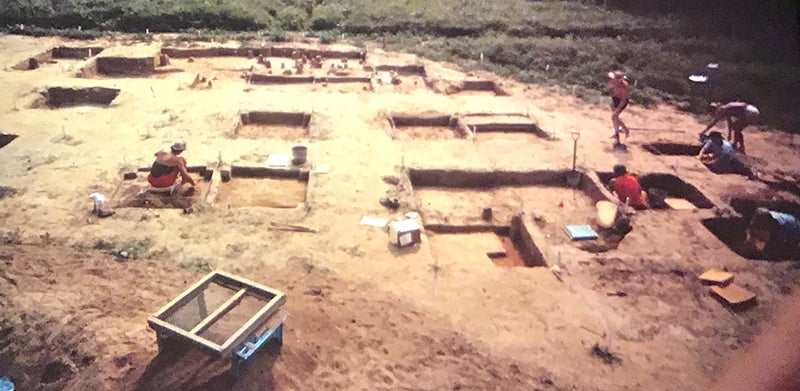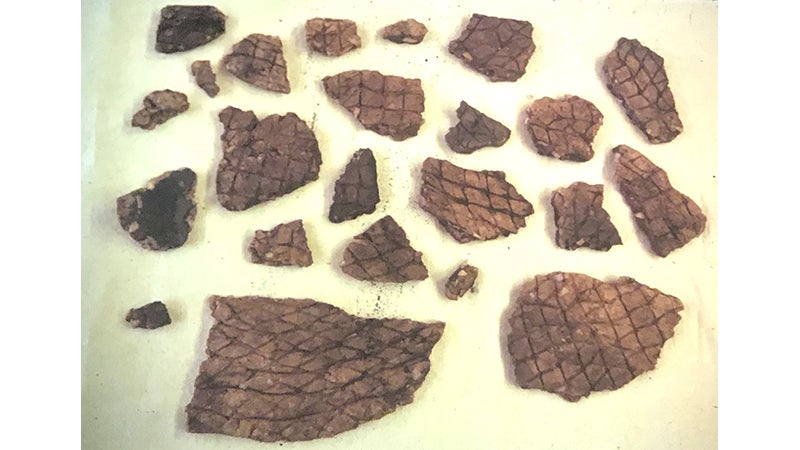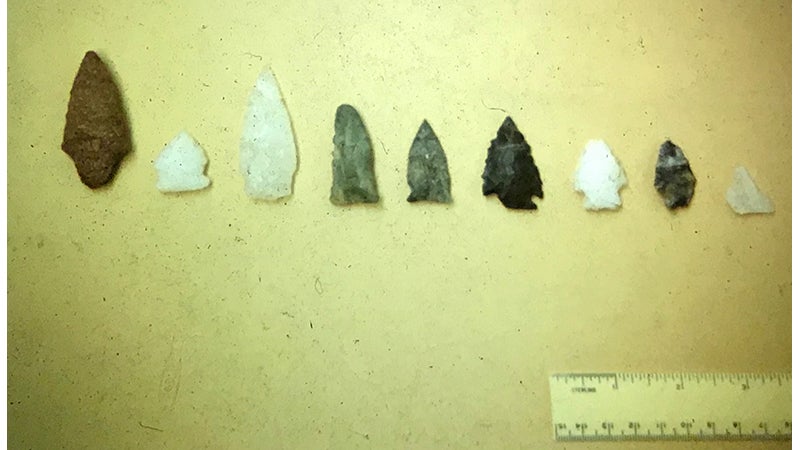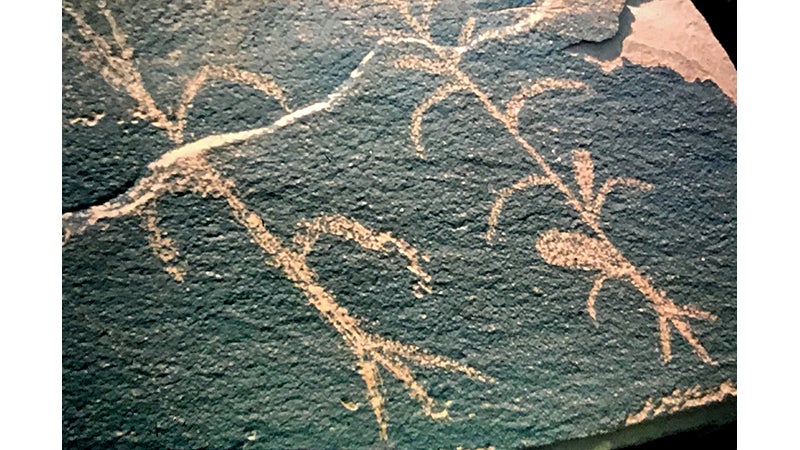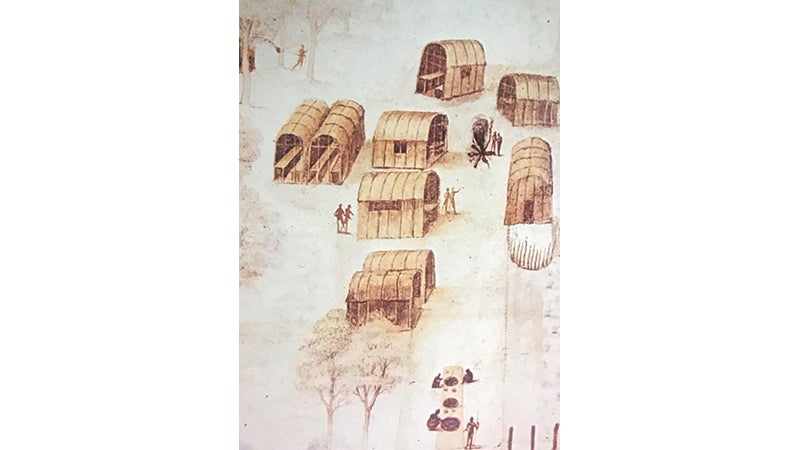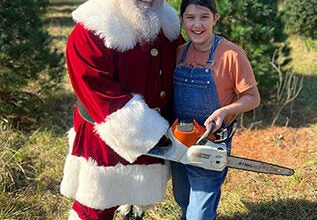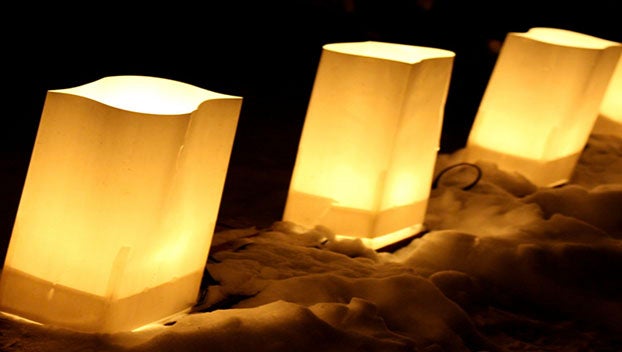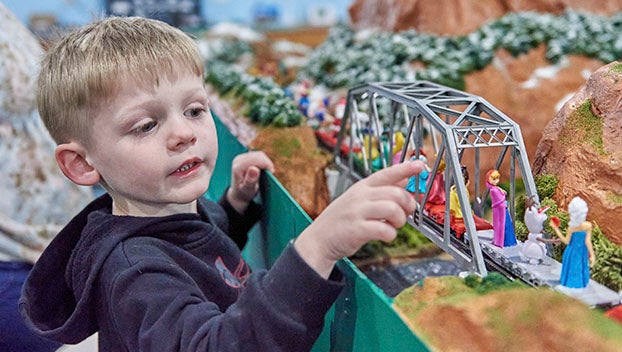Thanksgiving in Farmville 1,000 years ago
Published 6:00 am Friday, November 6, 2020
|
Getting your Trinity Audio player ready...
|
Story by Dr. Jim Jordan
The Thanksgiving we celebrate today did not exist until 1621.
That year the Pilgrims living in the little village of Plymouth, Massachusetts, decided to hold a “Harvest Festival” to celebrate an excellent harvest. Thus began our custom of celebrating the bounty of nature and our lives.
Long before that, the Native American Indians of Virginia held a similar festival and for the same reason. There is evidence of this prehistoric autumn celebration right here in Farmville at the Smith-Taylor Mound located on the Appomattox River. This site yielded hundreds of artifacts that reveal how early farmers labored, celebrated the harvest, and held a ceremony of thankfulness.
The Smith-Taylor archaeological site is located where Buffalo Creek flows into the Appomattox River just upstream from the brick buildings that today house Green Front Furniture.
I named the site in honor of Robert A. Smith and Robert E. Taylor, two prominent businessmen who also had a keen interest in local history. Smith and Taylor showed me the site in 1981, and a year later, along with 35 Longwood College students in the Archaeology Field School, I began digging.
The 25-foot-high mound, once a small Native American village, was surrounded by a low-lying flood plain that was ideal for cornfields and gardens. Based on the stone tools and pottery we found, the village was occupied from around 1,000 A.D. to shortly before colonists came up the Appomattox River in the late 1600s.
Prehistoric farmers selected the location at the junction of the river because of annual spring floods that deposited rich layers of silt on low-lying fields. When high water receded this silt became a natural fertilizer for the fields.
The village prospered at the junction of the creek and river but at a safe height above the waters circling the “little island.” During most of the year the village was on a ridge, but during high water in the spring, the village literally became an island.
We discovered this the first year we dug at the site. We had to use canoes to transport ourselves along with our equipment onto the mound. For three years we excavated the mound and areas in the field around it. During that time we uncovered more than 2,000 prehistoric artifacts that we first analyzed at our camp and then took back to the laboratory for detailed study.
We found two different kinds of artifacts — tools used for hunting and tools used for farming. The great majority of the artifacts, nearly 80%, were used for farming. Only one in five of the artifacts, such as arrowheads or spear tips, suggested hunting. Large stone hoe blades for turning the soil and fired clay pottery for storing crops were the main items in the ancient gardening toolkit.
This village on the Appomattox River was clearly the home of Farmville’s first farm families.
What might we have seen had we been able to walk through this village of a thousand years ago? Fortunately we have drawings done by European explorers in the 1600s that give us a glimpse of the past. These drawings depict bark-covered houses surrounded by cornfields.
Corn, in fact, was the staple crop and main ingredient in Native American meals. Early European colonists recorded 43 different corn-based recipes given to them by Native American Indians.
Cracking corn kernels with a wooden mortar and sifting the resulting fine meal through a basket made cornbread, a main staple of the Native American diet. The flavor was varied with the addition of mashed pumpkin pulp, Jack-in-the- Pulpit, seeds, nuts or berries. Many of the pottery shards we uncovered still held the imprint of corn kernels.
For the meat course Native Americans chose venison. It was cooked in earthen pots as a stew with vegetables, usually beans and squash. Deer, along with turkeys and squirrels, were easy to locate and hunt. Like the hunters that stalked them, deer and turkeys were also fond of corn.
While a Native American Thanksgiving meal might not appeal to our modern tastes, we have them to thank for a tradition of celebrating harvest. So the next time you see decorative shocks of “Indian corn” displayed on a front door or in someone’s yard, take a moment to reflect on Farmville’s first farmers. While we live in different times, we all share a tradition of giving thanks.


